The Irish Farmers Journal understands that agricultural emissions will need to fall by 21% to 30% by 2030 under the Climate Act.
Under the Climate Act, a 51% reduction in national emissions is required by 2030.
It is understood that within this Minister for Agriculture Charlie McConalogue and Minister for the Environment Eamon Ryan will agree a reduction in agricultural emissions within the range of 21% to 30% for this period.
The agriculture target is therefore likely to be significantly lower than other sectors.
It is also understood that the energy sector is likely to see an emissions reduction target within the range of 70% to 80%, while transport would fall within a range of 50% to 55%.
National herd
Nevertheless, the potential impact on agriculture will be significant. Current modelling would indicate that to achieve a 30% reduction in emissions would require a significant reduction in cattle numbers over the next 10 years.
Just last week the Minister for Agriculture stated that any emissions reduction requirement for agriculture would require a stable national herd and would not require any cut to the national herd.
At the lower end of the range, the rollout of both existing and new emissions reduction technologies at farm level would help the sector come close to achieving a 20% reduction while maintaining herd numbers.
However, delivering a stable herd will present a significant challenge in the face of further dairy expansion.
Carbon budgets
The news comes as the Climate Change Advisory Council (CCAC) is shortly expected to announce national carbon budgets for the periods 2021-2025 and 2026-2030.
This move will then trigger the release of sectoral emissions targets for the transport, agriculture, housing and energy sectors.




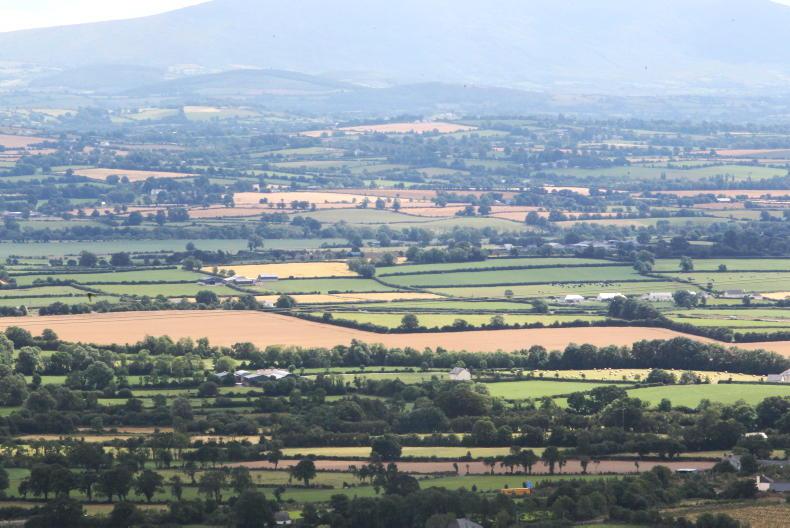
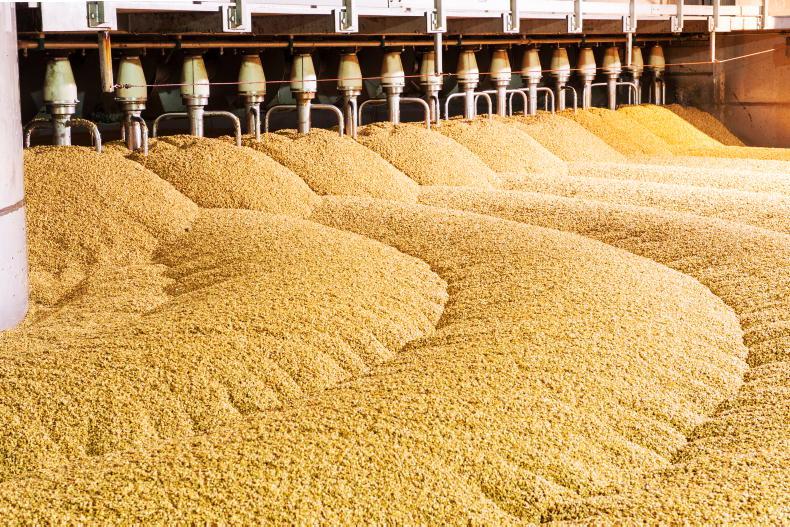
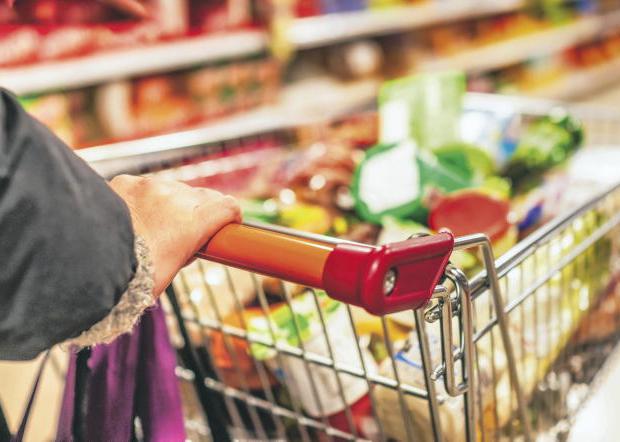
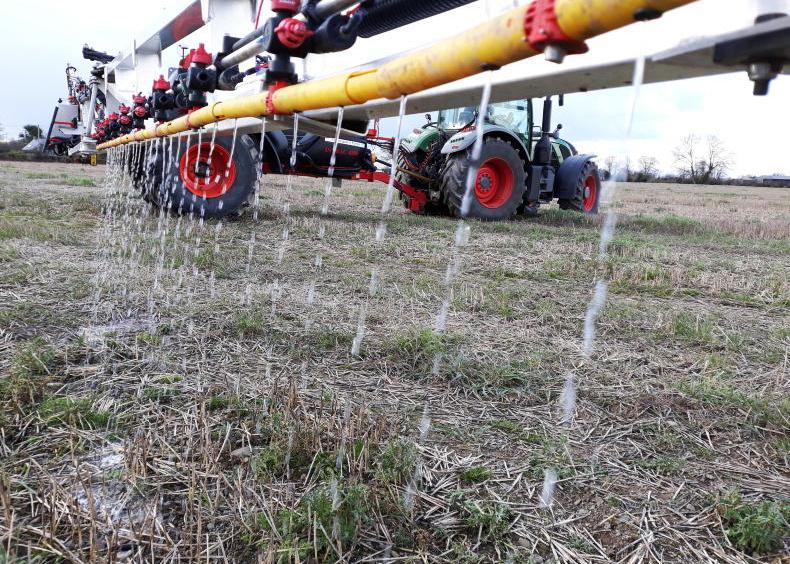
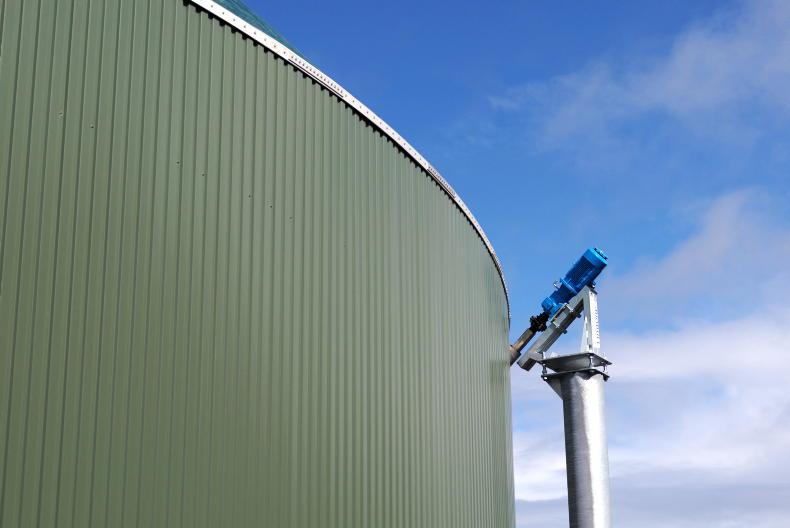
SHARING OPTIONS